16
Jul 18
7 Insects You Actually Want In Your Garden
Not all bugs are pests! Here’s how to roll out the welcome mat for insects that are actually good for your garden.
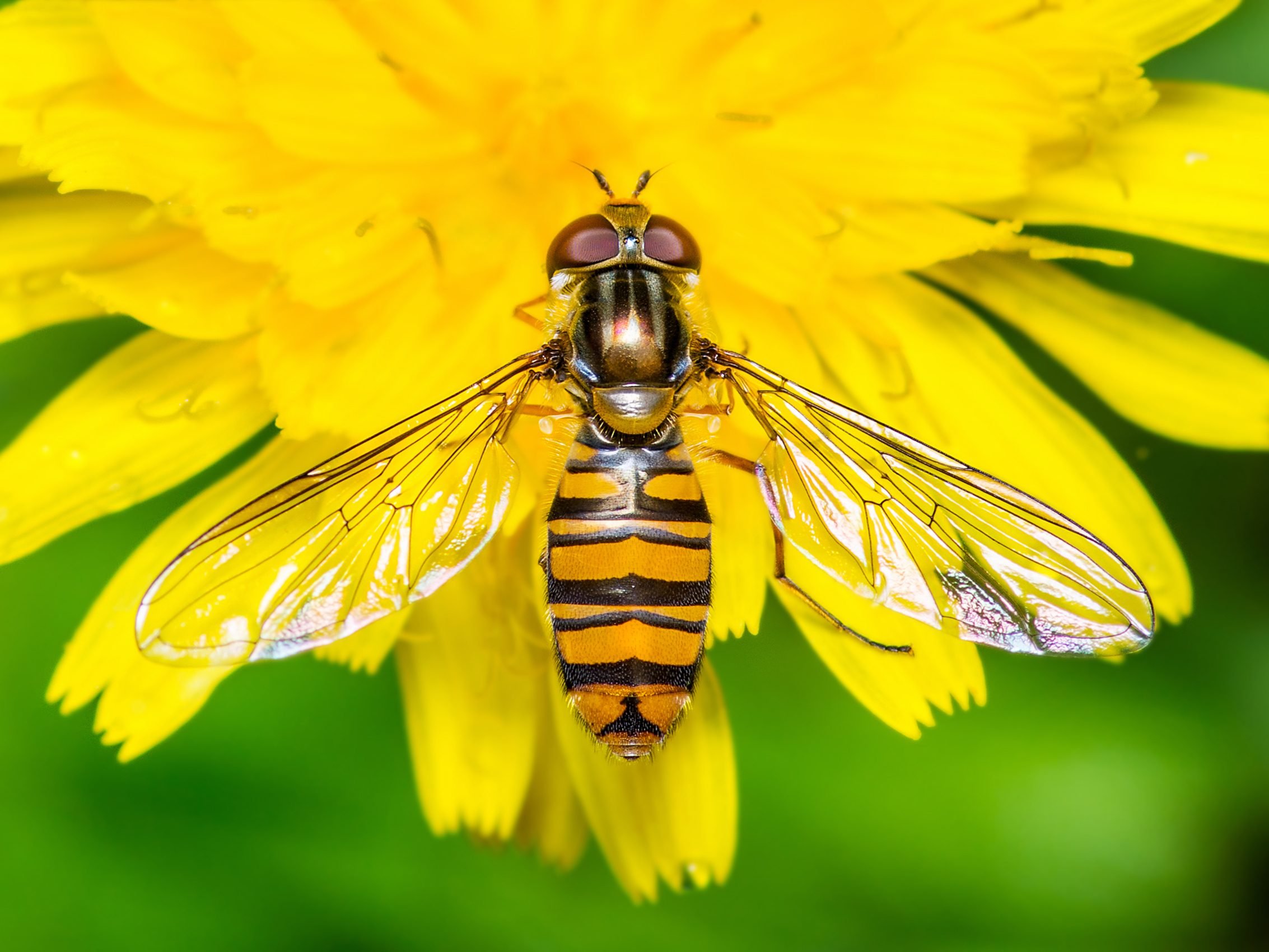 PHOTO: SHUTTERSTOCK
PHOTO: SHUTTERSTOCK1. Hoverfly
Benefits of having hoverflies in your garden: Maggots eat softbodied pests such as aphids.
Bait hoverflies with: Feverfew, lavender, sweet alyssum, candytuft, dill, fennel, asters.
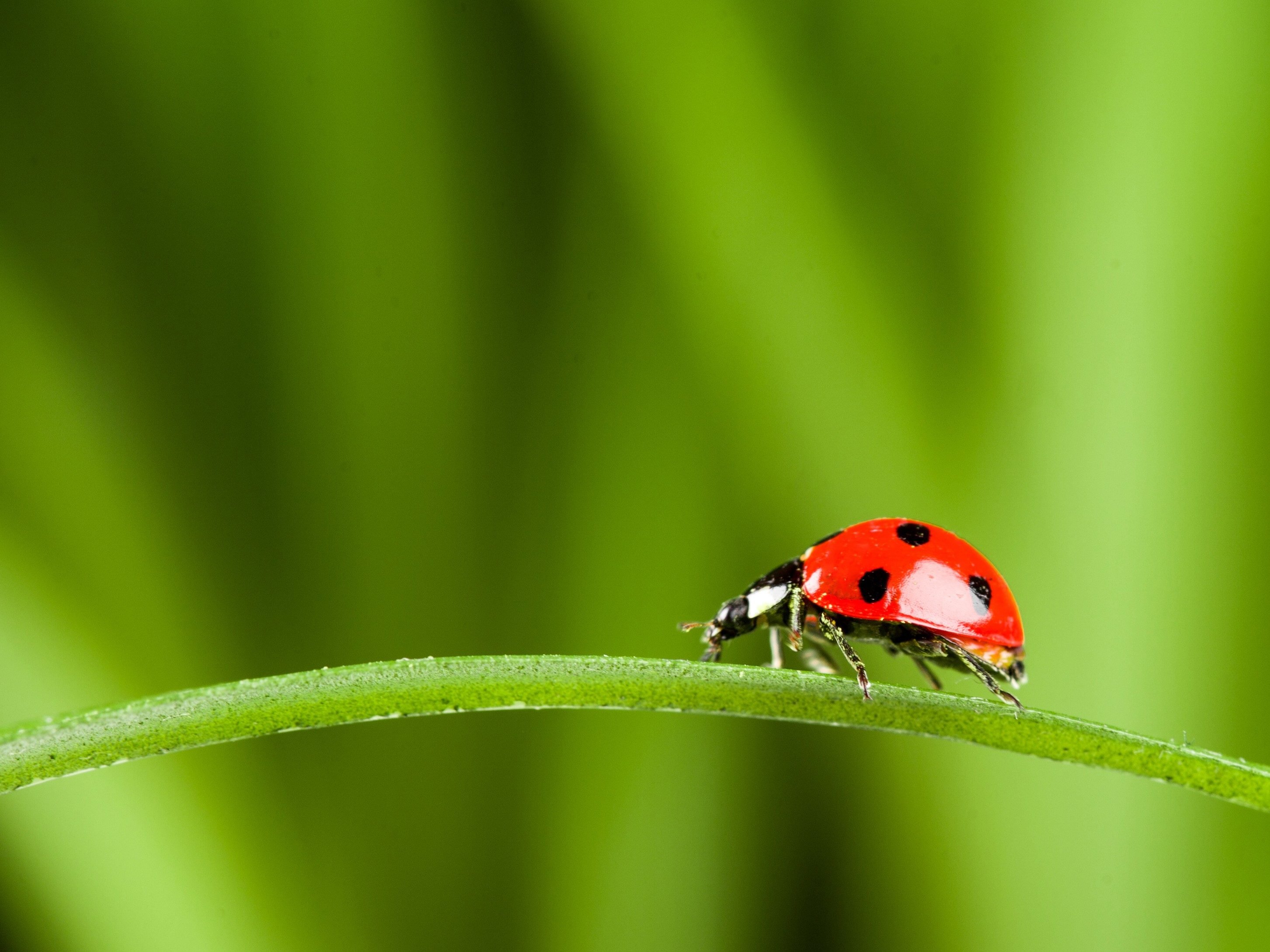 PHOTO: SHUTTERSTOCK
PHOTO: SHUTTERSTOCK2. Ladybugs
Benefits of having ladybugs in your garden: They eat aphids and other softbodied pest eggs, scales and whitefly nymphs.
Bait ladybugs with: Asters, marigolds, cosmos, cilantro, yarrow, dill, cabbages, sweet alyssum, flowering kale.
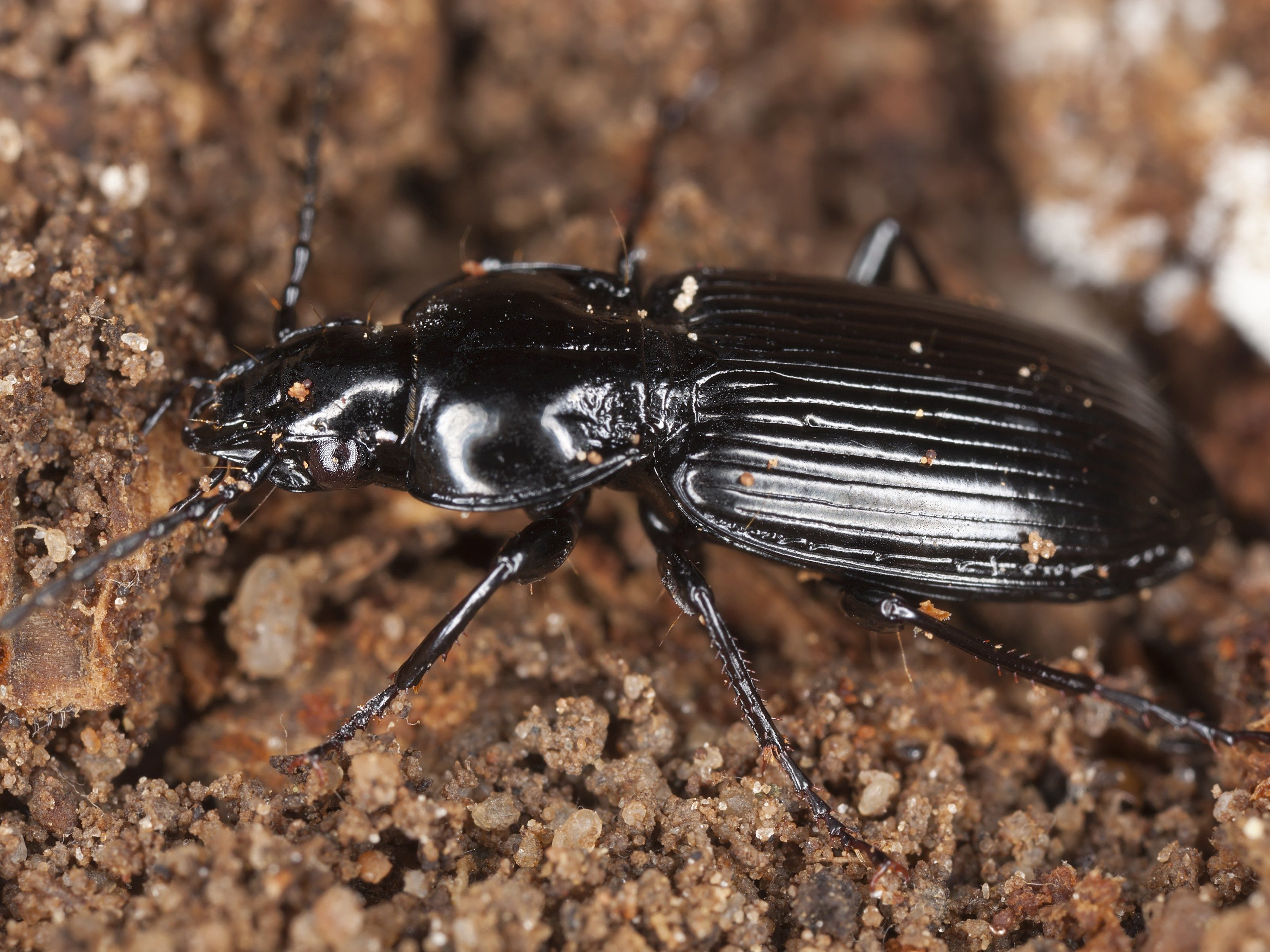 PHOTO: SHUTTERSTOCK
PHOTO: SHUTTERSTOCK3. Ground Beetles
Benefits of having ground beetles in your garden: They will destroy slugs, snails, cutworms, flies and rootmaggot eggs and larvae.
Bait ground beetles with: Sweet or white clover and other ground covers; also use mulch to provide habitat.
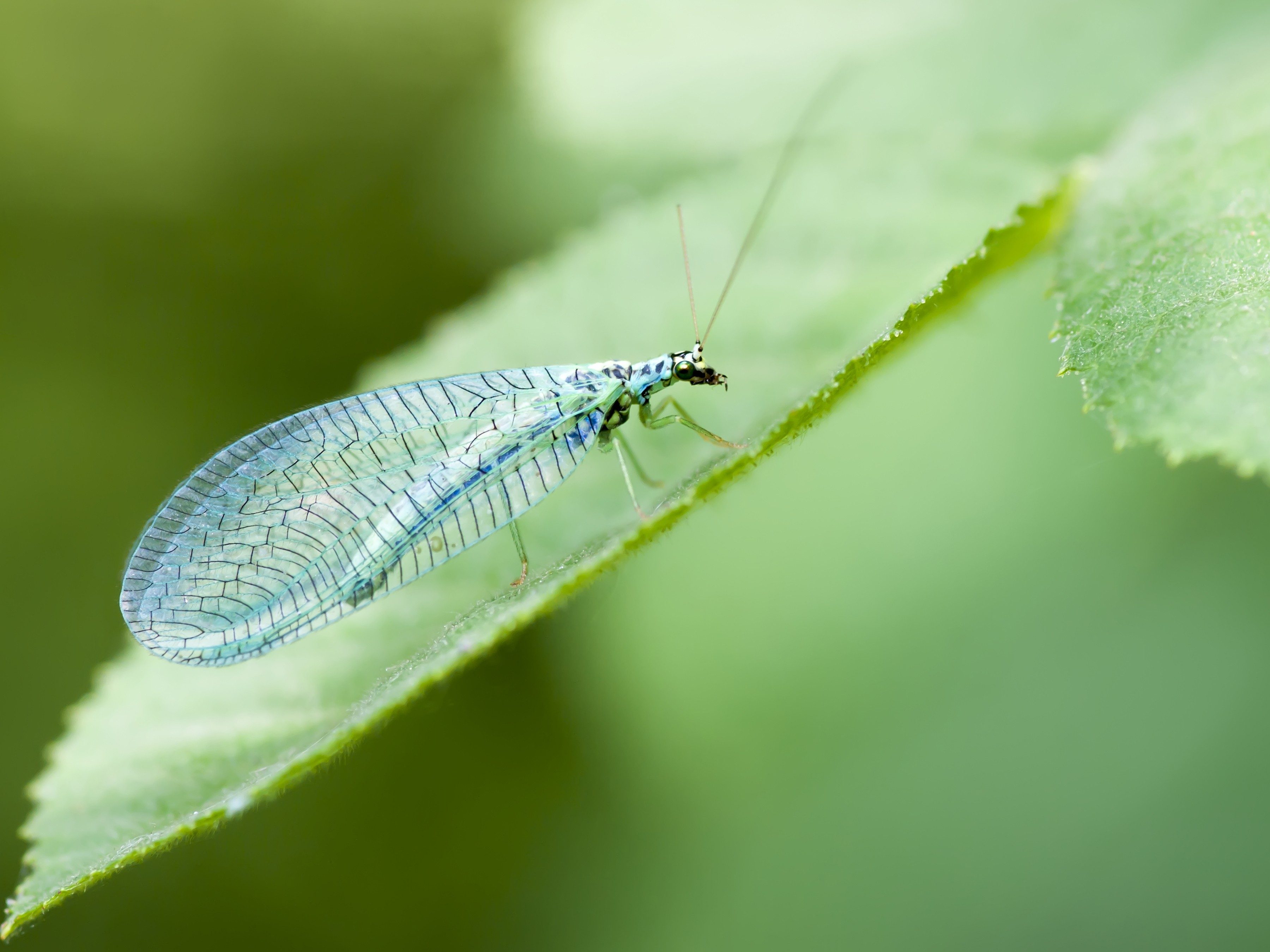 PHOTO: SHUTTERSTOCK
PHOTO: SHUTTERSTOCK4. Lacewings
Benefits of having lacewing in your garden: Lacewing larvae prey on pest eggs, aphids, scales and small caterpillars.
Bait lacewing with: Most pollen and nectar flowers, dill, daisies, fennel, angelica.
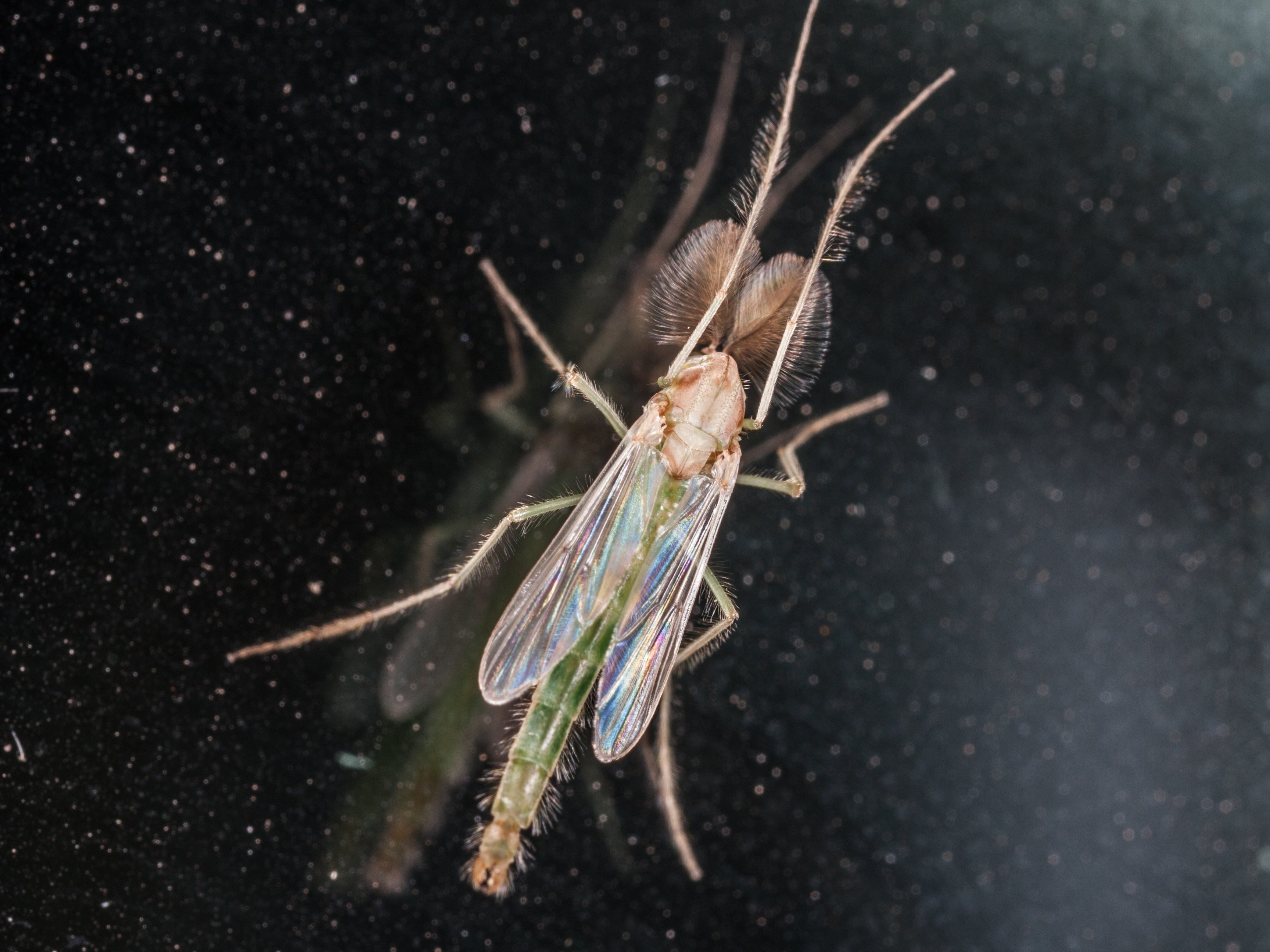 PHOTO: SHUTTERSTOCK
PHOTO: SHUTTERSTOCK5. Aphid Midges
Benefits of having aphid midges in your garden: Immature insects (including midges) feed on many species of aphids.
Bait aphid midges with: Nectar-rich flowers and herbs, including Queen Anne’s lace, dill, mustards.
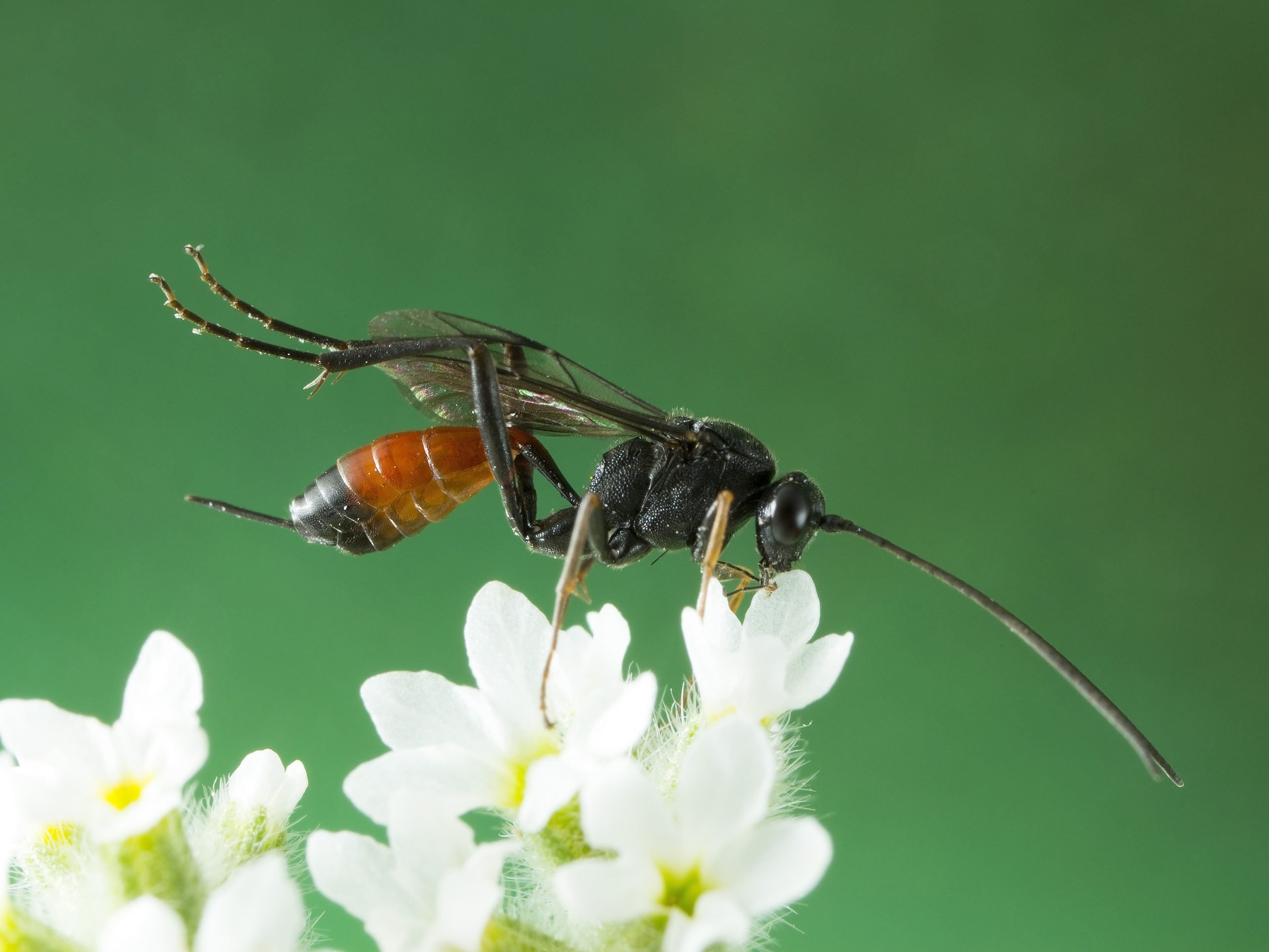 PHOTO: SHUTTERSTOCK
PHOTO: SHUTTERSTOCK6. Parasitic Wasps
Benefits of having parasitic wasps in your garden: They act as parasites by laying eggs in caterpillar and aphid larvae.
Bait parasitic wasps with: Dill, mint, sage, thyme, lavender, coriander, Queen Anne’s lace, sunflowers.
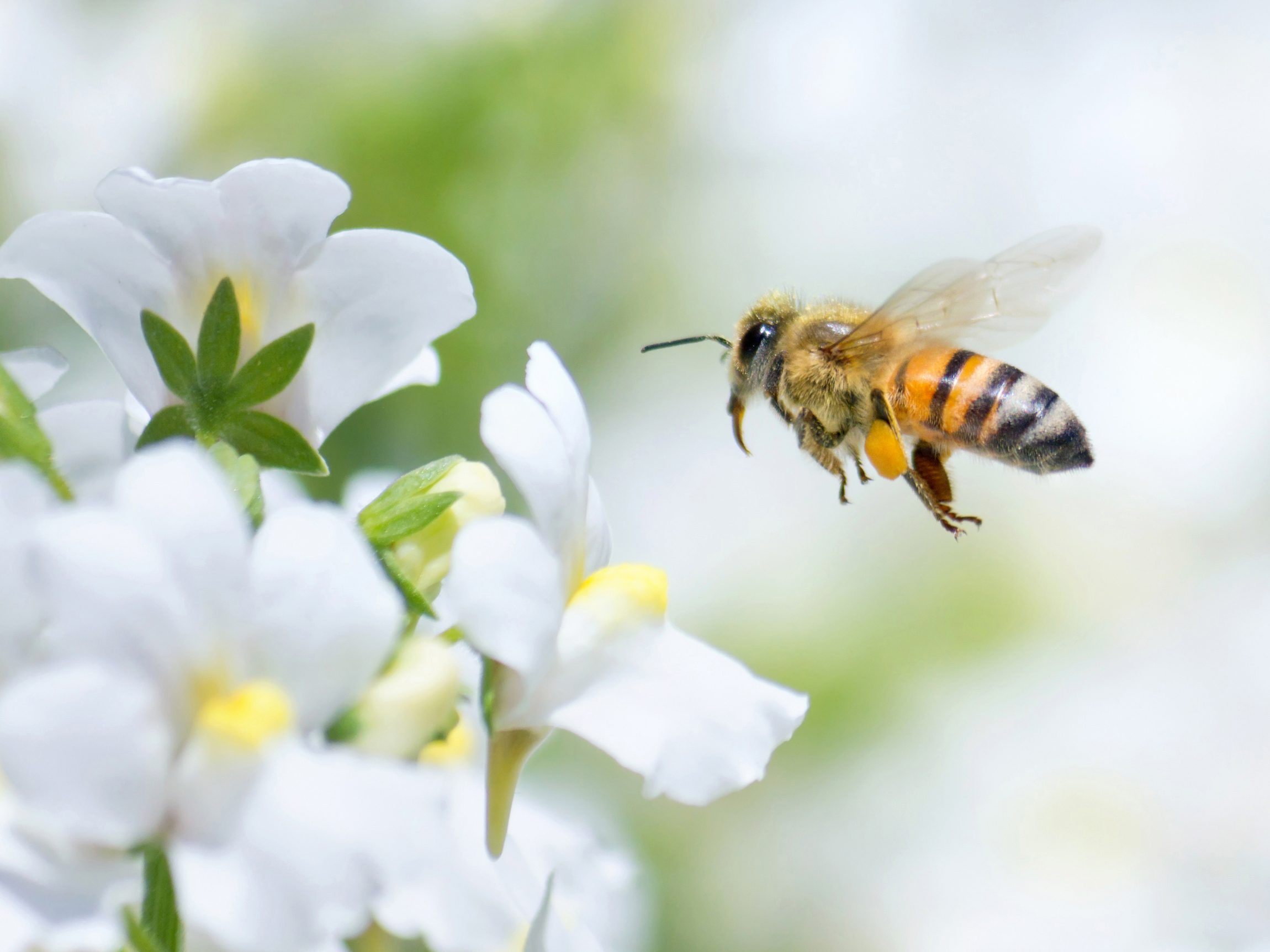 PHOTO: SHUTTERSTOCK
PHOTO: SHUTTERSTOCK7. Bumblebees, Honeybees, Mason Bees
Benefits of having bees in your garden: They pollinate food crops.
Bait honeybees with: Orchard fruits, mustards, cress, wildflowers, clover, blueberries, hollyhock.
BY CHRISTINA SYMONS
















